In the world of sewing, there are countless patterns available for almost any type of project. From clothing to home decor items, the choices are endless. However, not all sewing patterns hold the same value. Some patterns are not only sought after for their design and functionality but can also be worth a significant amount of money. Let’s explore what sewing patterns are considered valuable collectibles.
Vintage Sewing Patterns
One category of sewing patterns that often holds substantial value is vintage patterns. Vintage patterns refer to patterns that were printed and manufactured in earlier decades, typically before the 1980s. These patterns often feature unique styles, designs, and construction techniques that are no longer commonly found in modern patterns.
Their value stems from their rarity and the nostalgia they evoke. Vintage patterns from well-known designers or those featuring iconic fashion trends of the past can be highly sought after by collectors. The condition of the pattern, including completeness, presence of original instructions, and overall preservation, can significantly impact its value.
Designer Sewing Patterns
Patterns that bear the name of renowned fashion designers can also hold substantial worth. Sewing pattern collaboration between well-known designers and pattern companies has been a prevalent trend in the sewing industry. These patterns may feature exclusive designs or replicate those found in high-end fashion collections, offering home sewers the chance to recreate designer garments.
Designer sewing patterns by notable names like Christian Dior, Yves Saint Laurent, Chanel, and Oleg Cassini are highly sought after by collectors and sewing enthusiasts alike. The uniqueness and limited availability of these patterns contribute to their value.
Out-of-Print Sewing Patterns
Another category of sewing patterns that can fetch a good price are out-of-print patterns. These patterns are no longer in production, making them harder to find. Their scarcity and demand from sewers looking for specific designs or discontinued styles can drive up their value.
Out-of-print patterns can also include vintage patterns that are no longer being produced. These vintage patterns that are out of circulation gain additional value due to their limited availability in the market.
Limited Edition Sewing Patterns
Pattern companies occasionally release limited edition patterns, typically in collaboration with designers or to commemorate special events. These patterns are intentionally produced in a limited quantity, often accompanied by a certificate of authenticity. The exclusivity and uniqueness of limited edition patterns can make them highly desirable among collectors and sewing enthusiasts, leading to an increase in their value.
Conclusion
While many sewing patterns offer beautiful designs and functionality, some hold significant monetary value due to their rarity, designer collaborations, limited availability, or vintage status. Vintage patterns, designer patterns, out-of-print patterns, and limited edition patterns are often the ones that avid collectors and enthusiasts seek out and are willing to pay a premium for.
If you come across any of these valuable sewing patterns, whether inherited, found in thrift stores, or online, take the time to assess their worth before proceeding with your sewing projects. You might find yourself with a highly coveted and valuable sewing pattern in your hands!
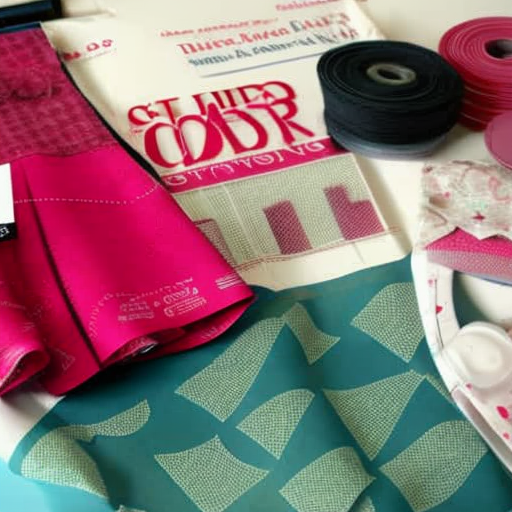
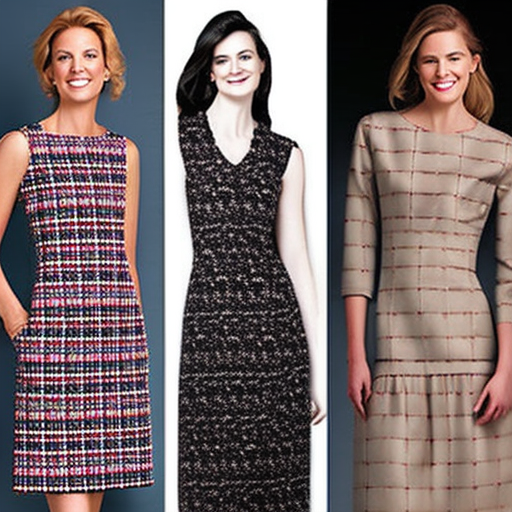
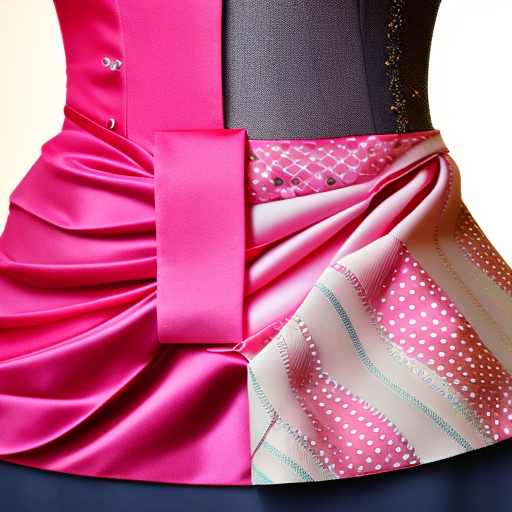
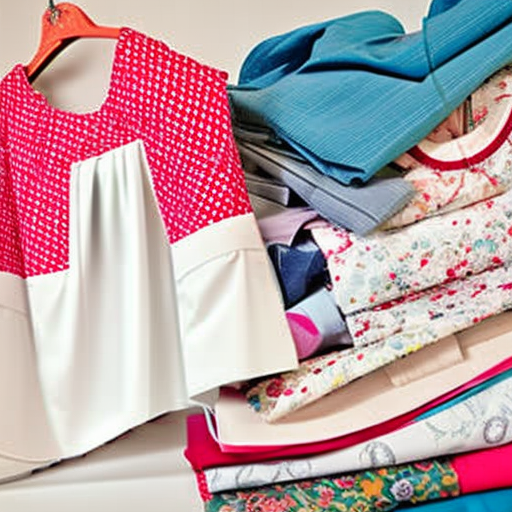
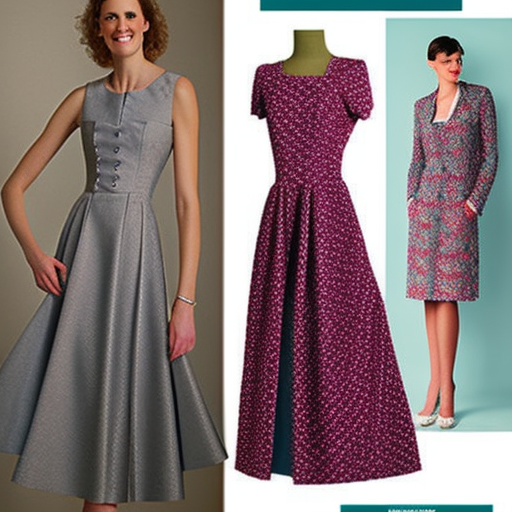
Interesting question! Really fascinating to determine which patterns are deemed valuable and collectible!
Absolutely! It will be fun to see what patterns hold the most value.
I’m definitely interested to see what sewing patterns are worth money too – especially for those of us who are passionate about sewing, this could be a great way to make extra money and combine our hobby with financial rewards!